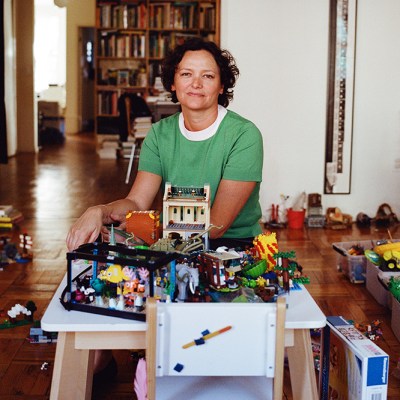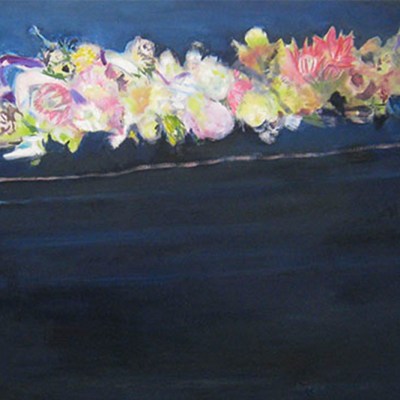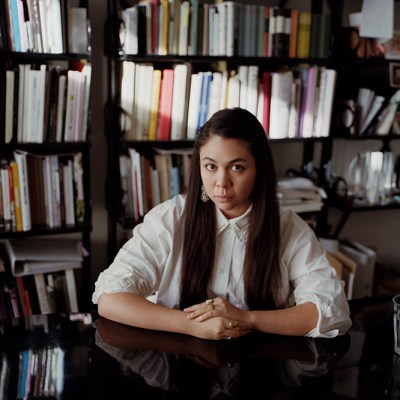The 59th edition of the Venice Biennale would come with much anticipation and a sense of excitement just because it is taking place almost regardless of the art. Nonetheless, this is an art show and it is to the art that we must pay attention. The Biennale takes the form of the central show, divided over two buildings, the central pavilion in the Giardini di Biennale and the Arsenale. Around the Giardini and the Arsenale are the national pavilions. For countries that don’t have a permanent home they must find accommodation around the city.
There are more than 80 countries showing in the city and it is not surprising that their approaches are very different. Some countries, such as North Macedonia and Kenya, try to give more of a national snapshot with a small group of artists while the countries who have permanent pavilions in the Giardini traditionally commission one artist to offer their vision. With this variety of approaches at play it makes comparing them something akin to a mug’s game.
I Own Everything (2019–2022), Collin Sekajugo. Photo: Maximilien de Dycker; Ⓒ Collin Sekajugo Studio
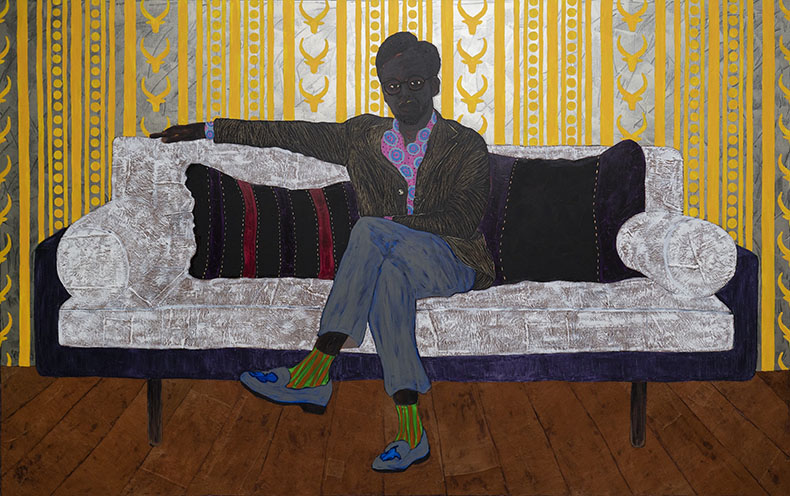
Nevertheless, there have been certain themes emerging such as the giving over of performance to algorithm. Tomo Savić-Gecan for Croatia and Marco Fusinato for Australia have led the field by incorporating the constraints of programming into their work: Savić-Gecan allowed an algorithm to define the movements of performers based on a randomly selected news story of the day while Fusinato played a guitar with each note corresponding to a programmed image projected upon a screen. This exploration of freedom and constraint was joyfully adumbrated in Sonia Boyce’s pavilion for Britain titled Feeling Her Way where music, rather than algorithms, became the programme setting out form.
Lidija Delic at the Montenegro pavilion. Photo: Mankica Kranjec, 2022

It has also been a good year for painters. The main show is full of wonderful works, but even among the pavilions there are happy surprises. Collin Sekajugo, who is exhibiting his work in the Uganda Pavilion, has created a group of works that play with identity in vibrant confident colours that hold their own. At a softer end of the spectrum, the Pavilion of Montenegro has three paintings by Lidija Delic which explore space and the human impact on landscape compellingly and rather beautifully.
Against these smaller delights there are certain pavilions that stand out and are worth making a particular effort to visit.
United States
This seems to be Simone Leigh’s year. She dominates the Arsenale section of the main show with a single sculpture and that same force and conviction is present in each of the works in the United States’ pavilion. Titled Sovereignty, this exhibit powerfully explores Black female subjectivity. The first sculpture within the pavilion is Last Garment, a bronze depicting a laundress at work. The dignity and beauty of the work is unavoidable but so too is the craftsmanship and the rest of the show continues in kind. This is a body of work from an artist at the top of her powers.
Last Garment (2022), Simone Leigh. Courtesy the artist and Matthew Marks Gallery. Photo: Timothy Schenck; © Simone Leigh
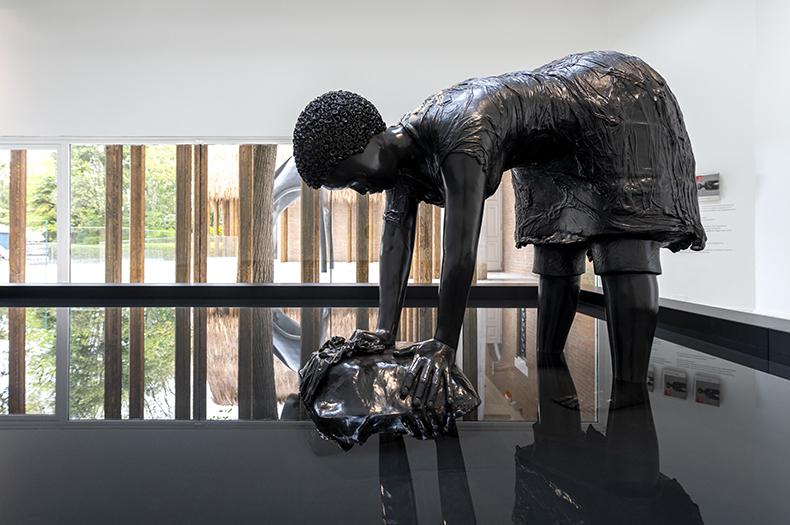
Canada
Stan Douglas’s video work Doppelgänger was considered by many to be a highlight of the Biennale show in 2019. This year, he has returned to Venice for his national pavilion. Not content with the confines of the Canada building he is also exhibiting video installations outside the Giardini. His exploration of social upheaval in 2011 ≠ 1848 might be the most headlining aspect of his work but the formal achievement of works such as London, 9 August 2011 (Pembury Estate) are thrilling to behold as he calls into question the shape of civil unrest.
Installation views of ‘Stan Douglas: 2011 ≠ 1848’ at the Canada Pavilion. Photo: Jack Hems; courtesy the artist, the National Gallery of Canada, Victoria Miro and David Zwirner

Belgium
At the heart of the The Nature of the Game is Francis Alÿs’s video work showing a series of short films of children playing games. Set up in the form of a labyrinth, drawing the viewer in, these explorations of play might be the centre of the pavilion but they are not the main draw. Displayed in two rooms before the film are a series of paintings from 1994 to 2021, these small canvases depict scenes from Kabul to Jerusalem and Shanghai. They are exquisite in large part due to their small size, but the control with which they hone in on children playing to reveal the specificity of their world is extraordinary.
Untitled (Herat, Afghanistan) (2012), Francis Alÿs. Courtesy Galerie Peter Kilchmann, Jan Mot and David Zwirner Gallery; © Francis Alÿs
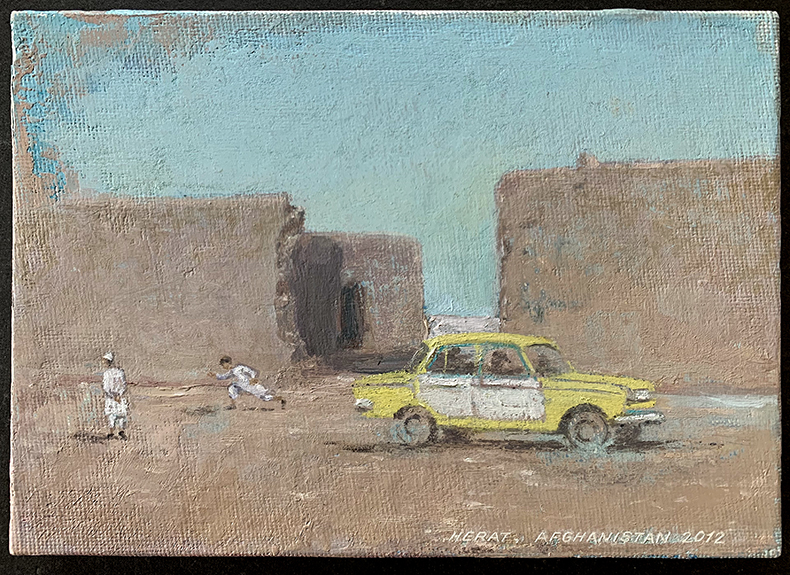
France
The French pavilion has taken the Biennale by storm and already has the feeling of being a popular standout. London-based Franco-Algerian Zineb Sedira has transformed the space into a series of sets which incorporate dancing and performance before they are revealed as the sets for a 20-minute film about Sedira’s personal history and identity. The references for this work are not just her own life but also the time in the 1960s when French, Italian and Algerian cinema enjoyed a period of successful coproduction. This sounds tiresomely worthy, but the whole effect of this merging of fact and fiction is one of joyful wit and delightful execution that delivers one of the most accessible and optimistic pieces of work in the Giardini.
Les rêves n’ont pas de titre, Zineb Sedira. Photo: © Thierry Bal-15

Germany
Certain naysayers have been descrying Maria Eichhorn’s Relocating a Structure as derivative. There is no doubt that many artists have played with the fabric of their pavilions to investigate the structures at play in their work (just across the Giardini Spain is involved in a similar game as Ignasi Aballí tries to correct an ‘error’ in the Spanish building by shifting the entire thing by 10 degrees so the walls are truly vertical). But Eichhorn has more to contend with than most. The German Pavilion was originally built as the Bavarian Pavilion in 1909, but in 1938, it was extended and modified by the Nazi party and it is this past that Eichorn excavates and investigates with her literal uncoverings of what underpins the building.
Relocating a Structure (2022), Maria Eichhorn. Photo: Jens Ziehe; © Maria Eichhorn/VG Bild-Kunst, Bonn 2022
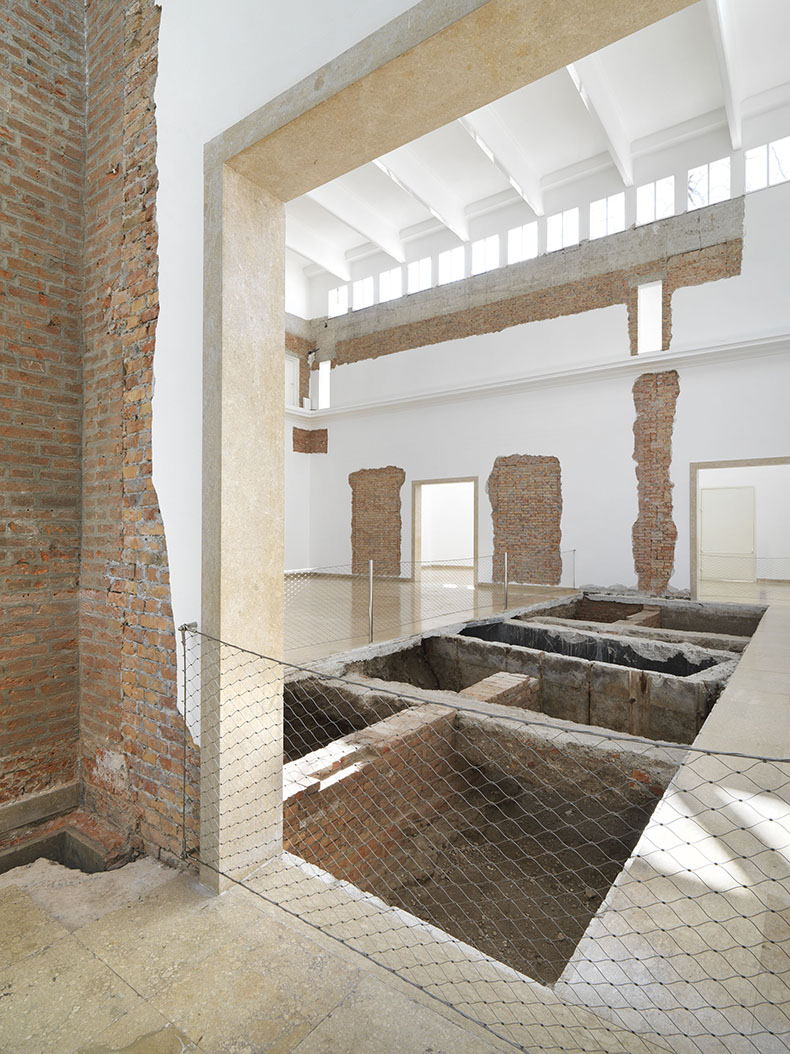
The 59th edition of the Venice Biennale runs until 27 November 2022.
